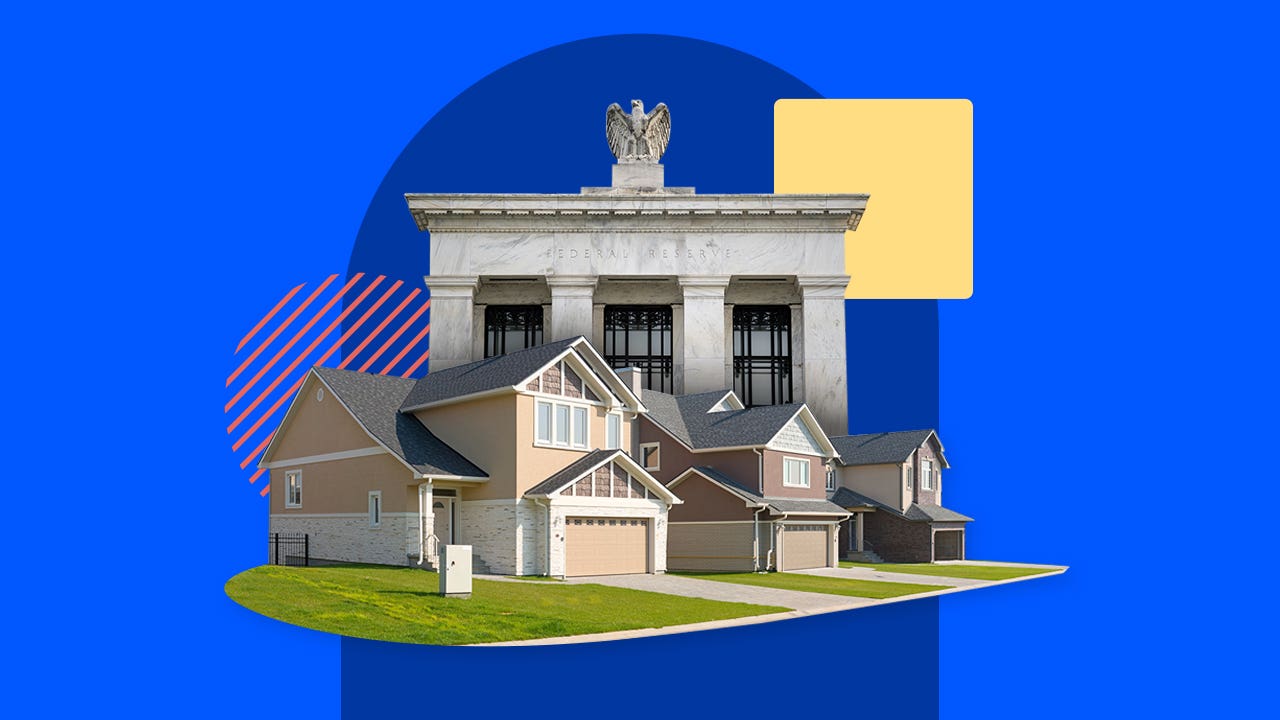
Most rates rise: How long should buyers wait? | Today's mortgage and refinance rates for May 13, 2025
Today's average rate for the benchmark 30-year fixed mortgage is 6.88, the average rate for the benchmark 15-year fixed mortgage is 6.11 percent, and the average 5/1 ARM rate is 6.18 percent.







